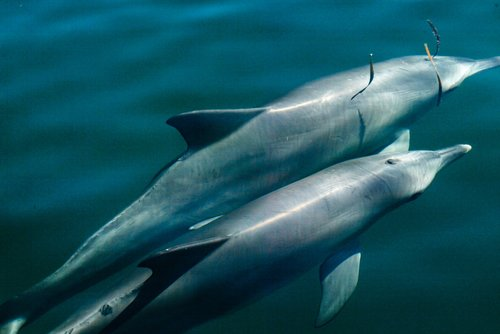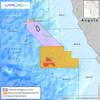Fundraising Campaign Launched For 10-Year Dolphin Research Project
Dr. Richard Connor, Professor of Biology at the University of Massachusetts, has embarked on a journey to Shark Bay in the western part of Australia where he has studied a wild population of Indo-Pacific bottlenose dolphins since 1982.
Dr. Connor is the co-Director of the Dolphin Alliance Project (DAP), and President of the nonprofit Dolphin Alliance Project, Inc., which is aggressively seeking donations to continue funding DAP research.
The Dolphin Alliance Project’s mission is to learn everything they can about these unique underwater creatures during the Dolphin Decade, an ambitious ten-year coordinated study on all facets of dolphins' behavior, communication and ecology. An exceptional team of scientists using the latest technology promises to provide outstanding results.
“Nothing like this exists, and as we know from Jane Goodalls’ study of wild chimpanzees and Cynthia Moss’s similar long-term study of elephants in the wild, the best approach to understanding animals, especially those with long and socially complex lives – is to study them first hand in the wild,” notes famed science writer Virginia Morell.
The Dolphin Alliance Project’s 10-year budget of $2 million is relatively modest. All tax-deductible donations will go directly towards the purchase of: Major Equipment, Boats, Hydrophones, Drones, Database Management & PhD student salaries, Field Work Costs, Food, and other forecasted needs which will last through the decade-long study.
During the Dolphin Decade scientists will map out the intricate dolphin society in Shark Bar, using DNA to discover fathers and other relatives, hydrophone arrays to learn each male's signature whistle (the equivalent of a name) and how they communicate when coordinating alliance movements and feeding behavior. Drones will assist viewing social interactions from above in detail and allow team members to measure each male’s body size and condition. Remarkably, individual dolphins differ in what they eat and how they catch their prey. Sophisticated sonars will allow scientists to map and observe the dolphins' habitat and fish prey to see how those factors impact their alliance behavior. The Dolphin Alliance Project team’s simultaneous studies will enable a fully integrated understanding of the dolphins' complex alliances and social intelligence.
All tax-deductible donations can be made at the Dolphin Decade website.














 December 2025
December 2025



